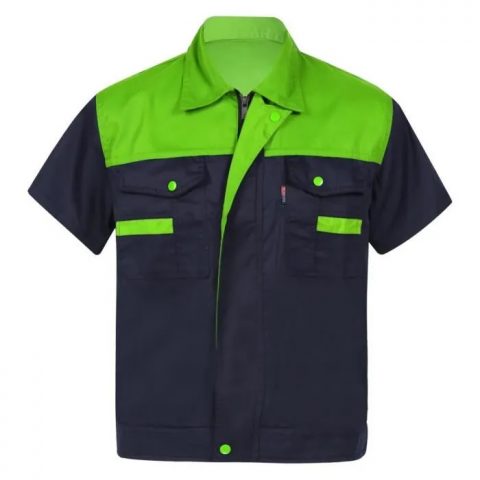Labor protective clothing is mandatory protective clothing for workers.
Accordingly, employers are responsible for providing protective clothing for employees, ensuring clothing suitable for each type of job, each working environment, and of appropriate size for the wearer. In addition, protective clothing needs to ensure that it meets technical, quality, and occupational safety and hygiene standards.
Standards, regulations, and specifications on labor protective clothing are specified in standard TCVN 2607:1978. Accordingly, labor protective clothing must meet the following requirements:
Able to protect workers from dangerous agents exposed during work such as temperature, ultraviolet rays, laser rays, X-rays, gamma rays, static electricity, and chemicals.
Resistant to fire and physical effects such as cuts, punctures, and incisions.
Resistant
Easy to wash, iron, repair and preserve
Some types require additional reflective patches to be easily seen in low light conditions.
Effects of protective clothing
Protect workers from harmful effects of the working environment, minimizing the risk of injury and illness
Increase labor productivity
Creates professionalism, aesthetics and enhances the spirit of solidarity for workers
Shows the company’s concern, care, and responsibility for its employees
Show respect and compliance with the law by employers and employees.
Types of labor protective clothing
Worker protection clothing can be classified according to many different criteria such as:
Classified by industry, for example: protective clothing for construction industry, electrical industry, mechanical industry, engineering industry, food industry.
Classify by material, for example: cotton protective clothing, polyester fabric
Classified by color such as: blue, orange, white protective clothing
Classified by style such as: protective clothing, overalls, short-sleeved clothing, long-sleeved clothing
Classified by features: heat-resistant, anti-static, chemical-resistant clothing
How to choose and buy protective work clothes
Protective clothing is important and necessary clothing for workers, so when choosing to buy you need to consider different factors such as:
Choose clothes suitable for your profession or job, to ensure they can protect you from the harmful effects of the working environment. If you work in the construction industry, you should choose light-colored, reflective, highly durable, dust-proof clothing. If you work on an oil rig or on a ship at sea, you should choose orange clothes to make it easier to find in case of an accident.
Suitable for the weather: You need to choose clothes suitable for the season you work in, to help you feel comfortable, not hot or cold. In the summer, clothes need to be thin, light, breathable, sweat-absorbent, and sunscreen and UV-protective. In winter, you need to choose clothes with thick, warm materials.
Suitable for the working environment. If you work in an environment with many chemicals, you need to choose clothes with anti-chemical and anti-corrosion materials. If you work in an environment with many power sources, you need to choose clothes with anti-static and anti-conductive materials.
You need to choose clothes that are the right size, not loose, tight, long, short, or cause discomfort or hinder activities. You should measure your height and weight before choosing protective clothing or choose clothing that can be adjusted in size.
Protective clothing also needs to have appropriate colors to create harmony and aesthetics, reflect the wearer’s personality and preferences and comply with the employer’s regulations and requirements, for example: blue. for the medical industry, orange for electricians, etc.





